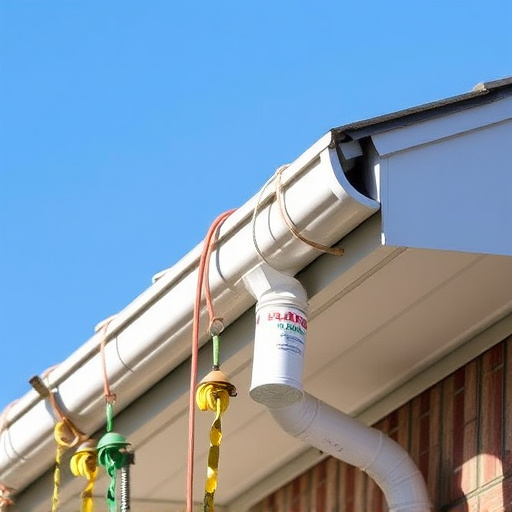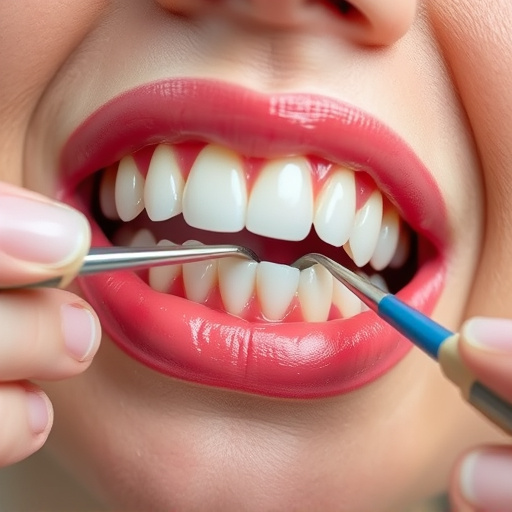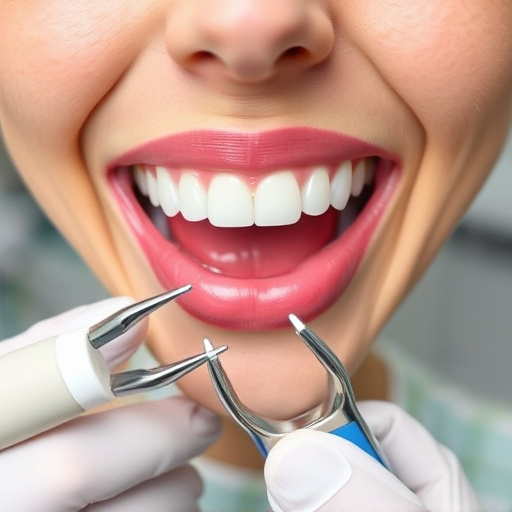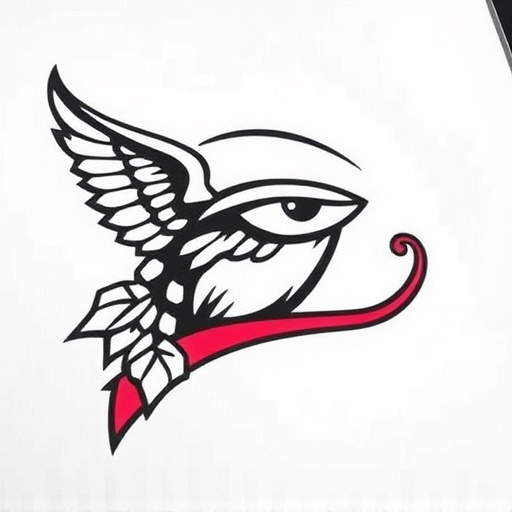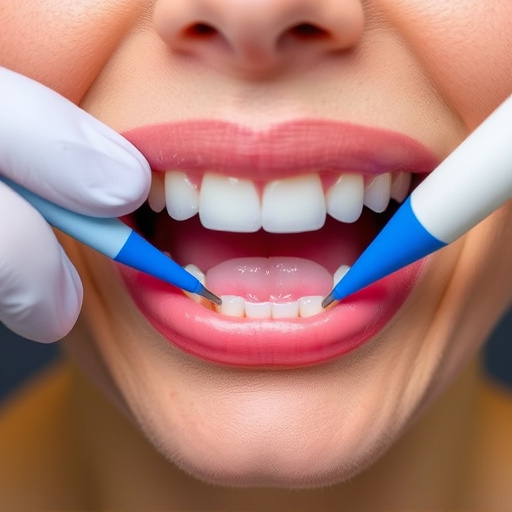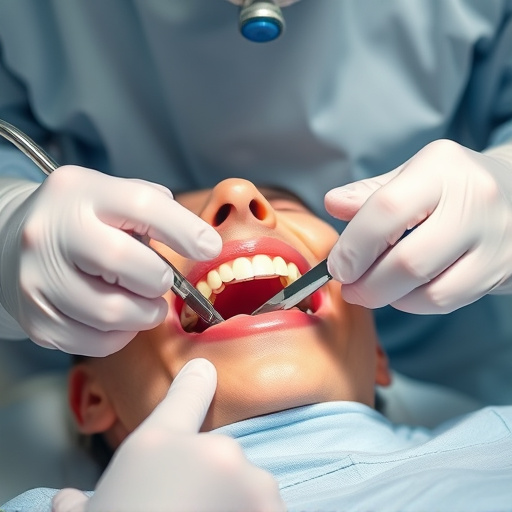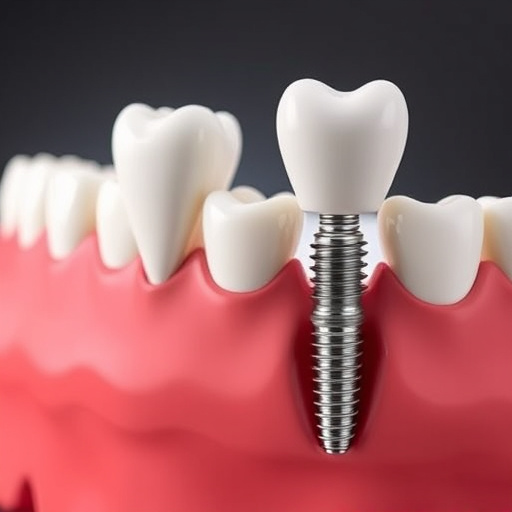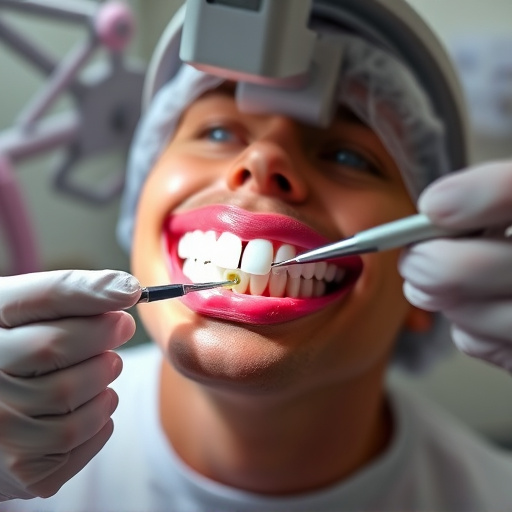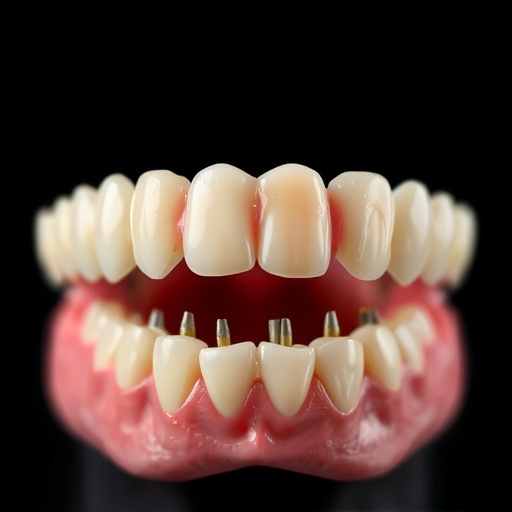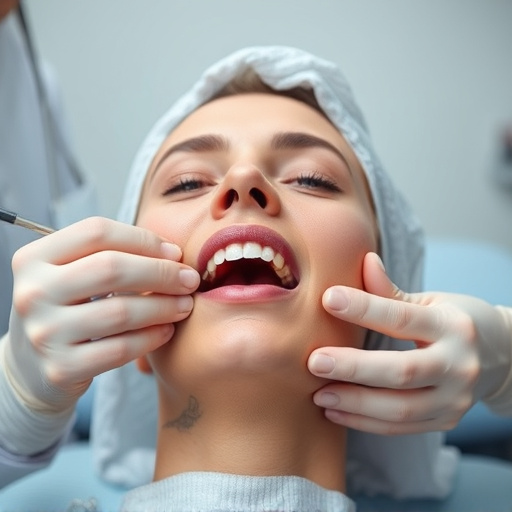An intraoral camera examination offers a detailed view of teeth and gums, helping dentists detect issues early like tooth decay or gum disease. Preparation includes gathering recent X-rays, medical history, and previous dental records, as well as listing questions about oral health and procedures. Maintain rigorous oral hygiene with fluoride toothpaste, flossing, mouthwash, and clear aligners to ensure accurate examination results.
Preparing for an intraoral camera examination involves a combination of understanding the process, gathering documents, and maintaining optimal oral hygiene. This advanced dental technology provides detailed images of your teeth and gums, aiding in accurate diagnoses. Before your appointment, familiarize yourself with what to expect during the exam. Ensure all necessary medical and insurance paperwork is ready. Practice thorough oral care to ensure plaque and debris are minimalized. By following these steps, you’ll be well-prepared for a comprehensive intraoral camera examination.
- Understand the Intraoral Camera Examination Process
- Gather Necessary Documents and Prepare Questions
- Maintain Oral Hygiene Before the Appointment
Understand the Intraoral Camera Examination Process
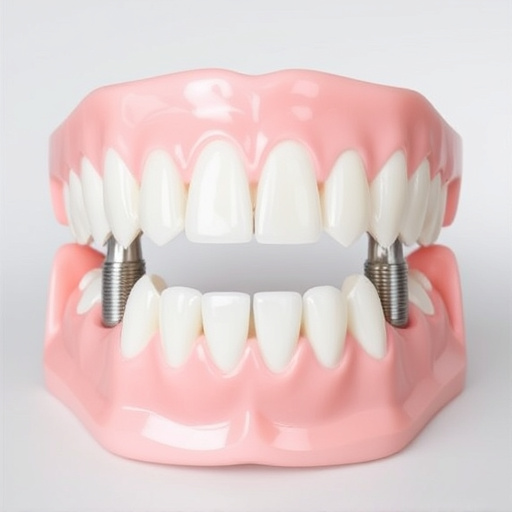
During your intraoral camera examination appointment, a dentist will use a small, specialized camera to capture detailed images of your teeth and gums. This non-invasive procedure offers a clear and precise view of areas that are often hard to see during a regular oral exam. The dental professional will gently insert the camera into your mouth, allowing them to examine your teeth up close. This technology enables them to identify issues such as tooth decay, gum disease, or even subtle changes in your oral health.
Understanding this process empowers patients, especially those with children’s dentistry or family dentistry practices, to take an active role in their oral care. The intraoral camera examination can reveal the need for treatments like cosmetic fillings, providing early detection and allowing for prompt action to maintain optimal oral health.
Gather Necessary Documents and Prepare Questions
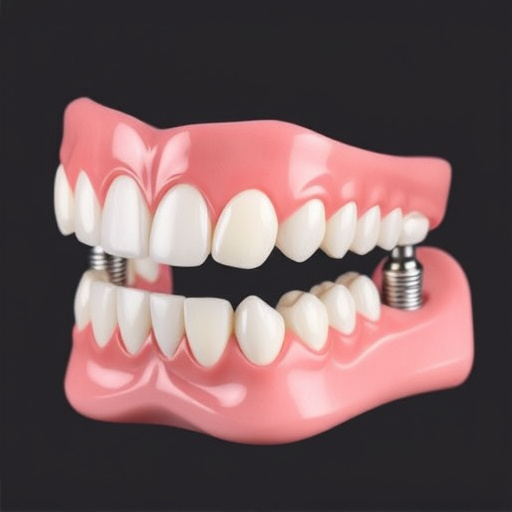
Before your intraoral camera examination appointment, make sure to gather all necessary documents. This includes recent X-rays, medical history forms, and any previous dental records. Having these ready ensures a smooth process and allows for a more accurate diagnosis. Additionally, prepare a list of questions you’d like to ask the dentist or dental hygienist regarding your oral health, specific procedures like tooth extractions or dental implants, and any concerns you might have.
Engaging in this preparation helps demystify the examination process and promotes open communication. It’s beneficial for understanding the state of your oral health, especially when discussing potential treatments during routine oral exams. Remember, being informed is empowering, and these steps contribute to a productive consultation.
Maintain Oral Hygiene Before the Appointment
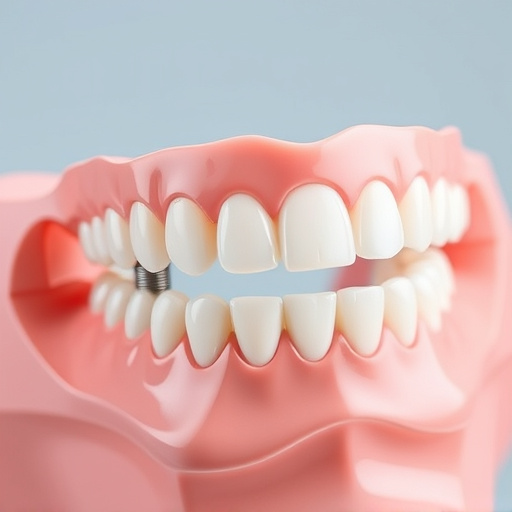
Before your intraoral camera examination, maintaining excellent oral hygiene is paramount. Start by brushing your teeth at least twice a day with fluoride toothpaste, ensuring you cover all surfaces and your tongue. Flossing daily is equally crucial to remove plaque and food particles from between your teeth and under the gum line. This meticulous routine will not only freshen your breath but also ensure clear, healthy-looking teeth for the camera examination.
In the days leading up to your appointment, consider using mouthwash to reduce bacteria and create a cleaner environment for the intraoral camera to capture accurate images. Additionally, if you’re wearing clear aligners as part of your preventative dentistry routine, make sure they are well-fitted and clean. Avoid any emergency dental care situations that might disrupt your preparation; instead, focus on maintaining the highest level of oral hygiene possible.
Preparing for an intraoral camera examination involves understanding the process, gathering essential documents, asking informed questions, and maintaining optimal oral hygiene. By following these steps, you’ll ensure a smooth and insightful visit, empowering you to actively participate in your dental care. Remember, a well-prepared patient leads to more accurate results and better overall dental health.

